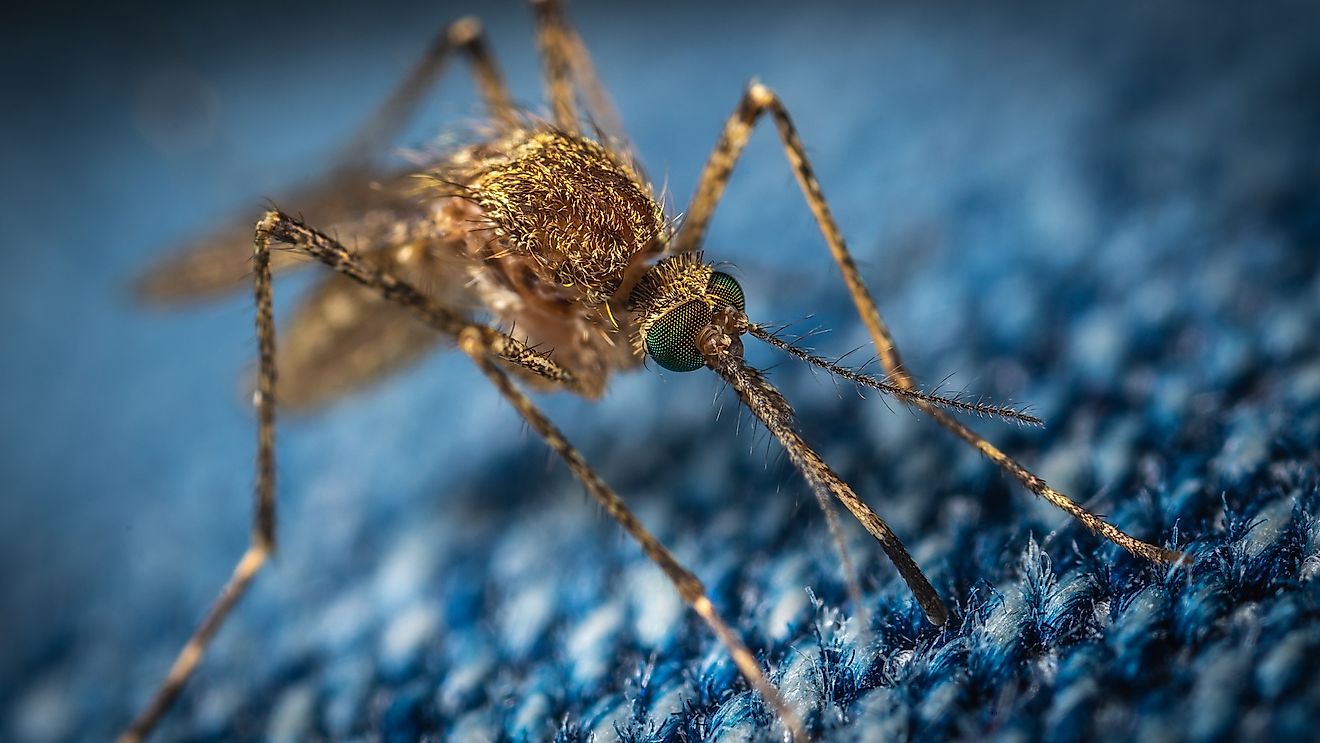Why Mosquitoes Are The Deadliest Animals On The Planet

- Mosquitoes are responsible for killing 2.7 million people every year.
- They show extreme resilience in any environment, which makes them a deadly threat for animals and humans all around the world.
- The part of the mosquito that bites us is called a proboscis.
How can something so small be so deadly? Spread everywhere across the world except frozen Antarctica, mosquitoes are probably the world’s most dangerous animal. Their astounding ability to survive everywhere puts them at number one when it comes to threatening all humans on the planet.
They Will Survive
More than 2,500 different mosquito species buzz around the globe. They are so resilient to the conditions they are facing, both natural and external interventions. This means that they can adapt to any environment they want, and quickly evolve against any chemical substance, mostly insecticide, that is used against them. They can also breed in both indoor and outdoor situations, which makes them especially dangerous when they interact with humans.
Causing Millions Of Deaths Each Year
Most of the time, when these annoying insects sting someone, the slight pain and itching disappear after a while. The rash and redness of the skin might affect one person more than another, but there are no severe consequences if you ever get stung. However, coming in hordes of billions, mosquitoes cause more than 2.7 million deaths every year. Mosquitoes kill more people in just one day than sharks did in a hundred years.
A lot of mosquito species like to feed on human blood, and can grow enormous populations in areas with a lot of people. This means urban environment, rural environment, if there is a small drop of water somewhere on the ground - they can reproduce. With that comes great danger.
Bloodsucking Danger
Mosquitoes spread a large number of diseases and viruses. They actively threaten more than half of the population on this planet at any given moment. They are always a potential carrier of fatal diseases. The transmission of disease happens if a person gets stung by mosquitoes’ proboscis. This is a needle-shaped growth on the top of their mouths, through which they suck our blood.
One of the most notorious species of mosquito is called Aedes aegypti. This bloodsucker feeds only on human blood and transmits a handful of dreadful diseases: Zika virus, Yellow fever, and West Nile fever as the most fatal one for humans. Mosquitoes also spread malaria, a disease that is a problem for millions of people for decades. People that die from the causes of malaria each year are close to half a million. Malaria was also present in the southern parts of the United States of America, but the malaria-carrying mosquitoes were eradicated from those areas in 1951.
Mosquitoes Do Not Discriminate
These insects do not bite only humans. They can rip through the skin of almost any kind of animal, even reptile skin, but they mostly threaten small mammals. They can also spread diseases from birds down to humans!
In the last 20 years, some efforts have been made when it comes to preventing malaria, and it is estimated that close to 7 million lives were saved because of global health initiatives. Unfortunately, a lot of funding capabilities are gone, and the number of deaths caused by malaria has been on the rise since 2015.











